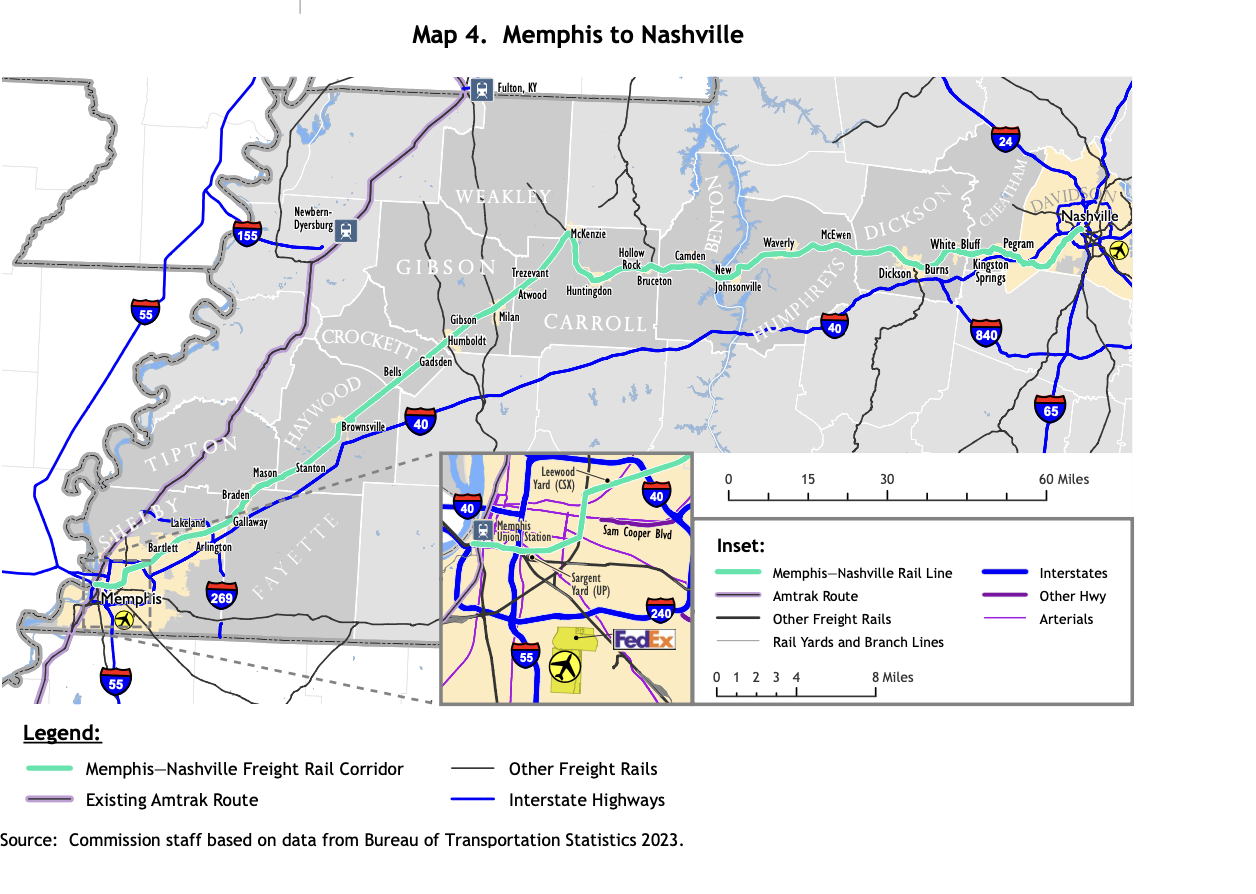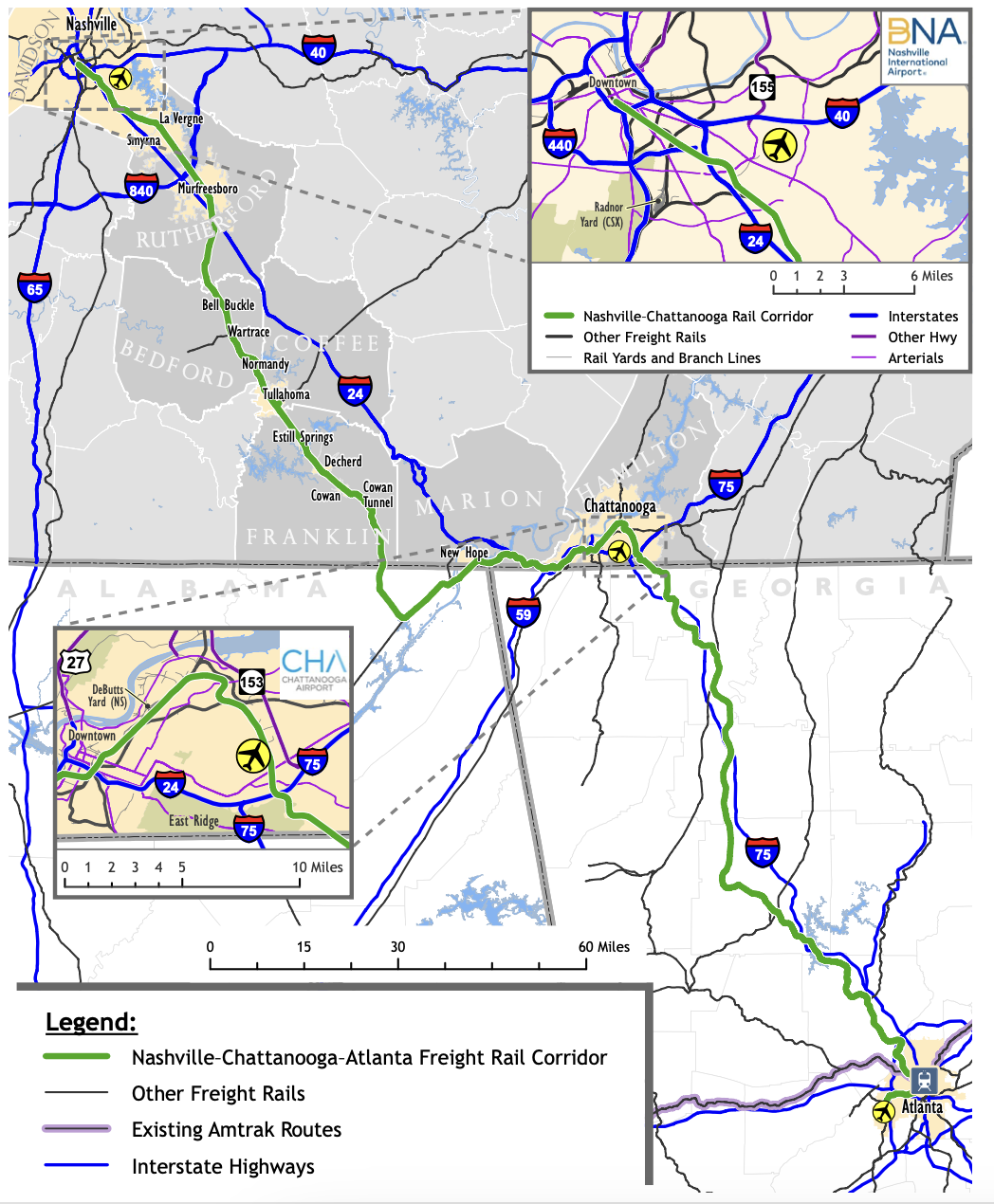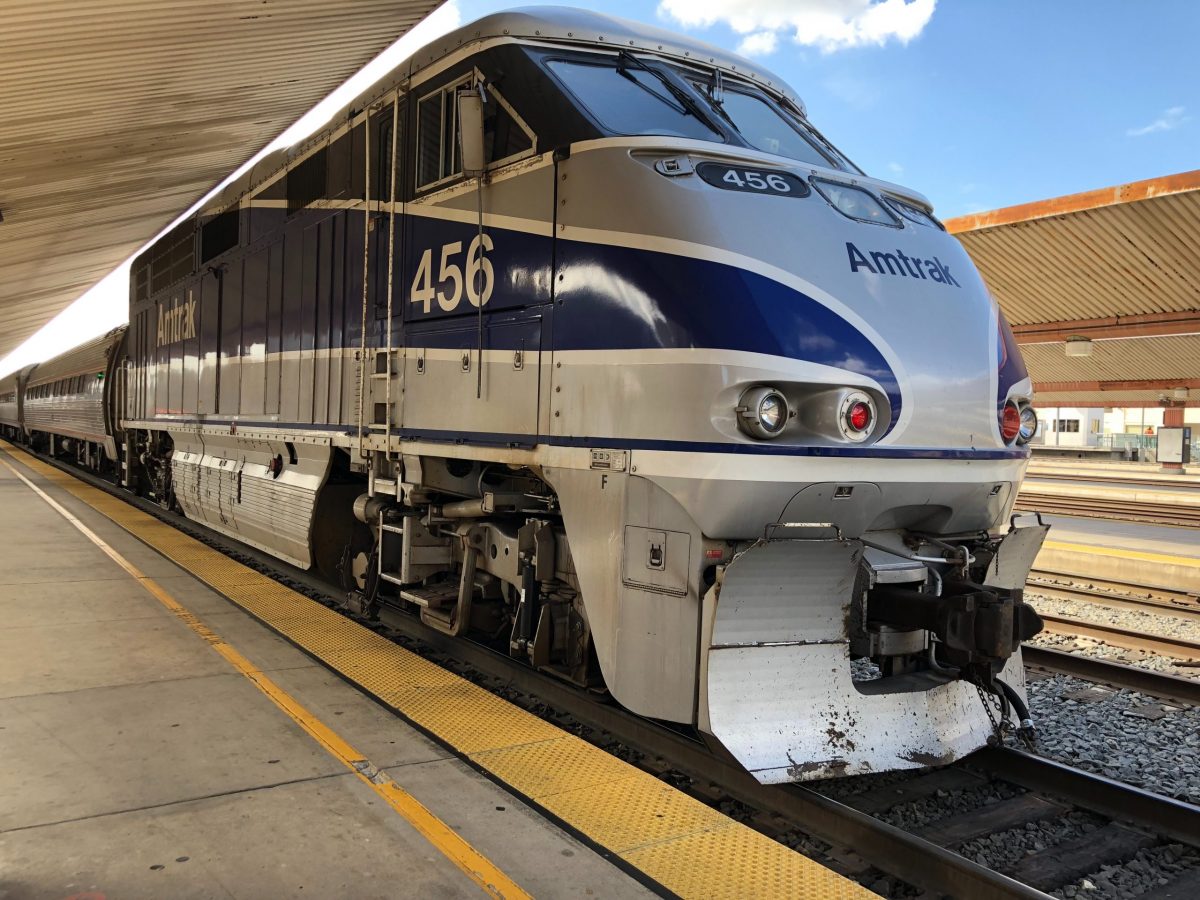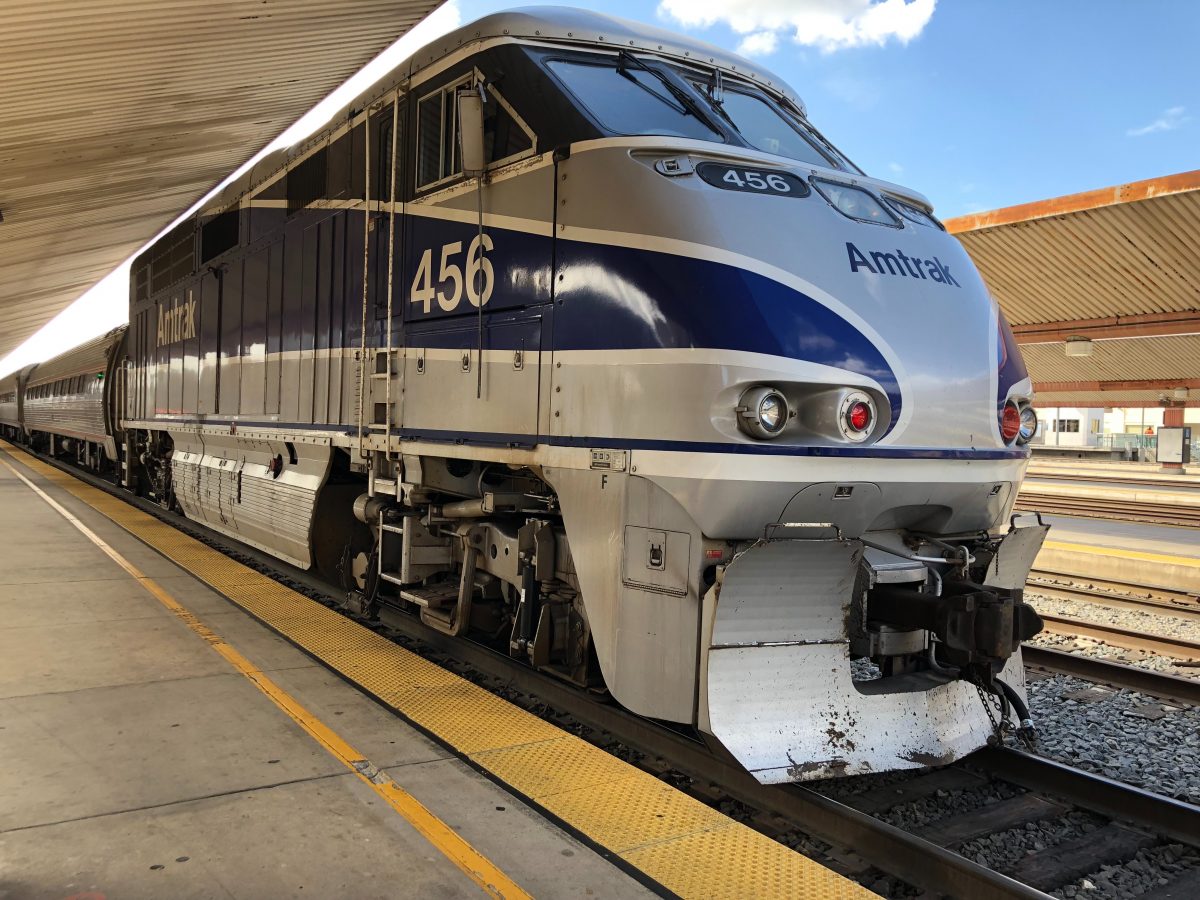Tennessee’s plans for passenger rail — and similar plans around the country — are likely on hold during the Trump Administration but a group of Congressional Democrats are trying to get them back on track.
The Biden-era Infrastructure Investment and Jobs Act (IIJA), a $1.2 trillion bipartisan law, provided $1.5 billion in 2021 to encourage intercity passenger rail projects, through planning grants and more. However, the portion of the law funding these projects is set to expire next year.
Hope seems dim for passenger rail planning as President Donald Trump slashes government funding for agencies across the federal government. For rail projects specifically, Trump pulled a $64 million planning grant in April for a Texas high-speed rail project that would connect Dallas and Houston. On Tuesday, Trump told reporters he pulled $4 billion from a California rail project, citing cost overruns.
However, U.S. Rep. Steve Cohen (D-9th District) and a two other transportation leaders in Congress filed a bill Wednesday to extend passenger rail funding to 2031.
The bill would reauthorize rail planning programs with $7.5 billion between Fiscal Years 2027 and 2031. It has the support of Rail Passengers Association, SMART Transportation Division, Southern Rail Commission, and Transportation for America, Cohen said.
“As a longtime advocate of passenger rail service, I urge my colleagues to support the federal-state partnership that is preparing the United States for a surge in rail travel,” Cohen said in a statement. “I am looking forward to one day taking Amtrak along the recently identified Memphis-Nashville-Chattanooga-Atlanta corridor that is being funded by a Corridor ID grant and, eventually, along a route linking Memphis to Little Rock and beyond. Passenger rail is the future, and this bill ensures its ongoing support.”
Cohen is a senior member of the House Transportation and Infrastructure Committee. He is joined in filing the legislation by U.S. Rep. Dina Titus (Nevada-1st District), a ranking member of the Subcommittee on Railroads, Pipelines and Hazardous Materials; and House Transportation and Infrastructure Committee member U.S. Rep. Hillary Scholten (Michigan 3rd District).
While it may seem implausible in Tennessee that any issue has support from both sides of the aisle, passenger rail does. In a 2022 bipartisan effort, Tennessee lawmakers asked a group of government experts to study the potential of linking Tennessee’s biggest cities via passenger rail.
In March 2023, Chattanooga Mayor Tim Kelly submitted an application for federal funds in partnership with the mayors of Atlanta, Nashville, and Memphis to begin planning for a new Amtrak route through those cities.

In 2023, that group of state government experts — the Tennessee Advisory Commission on Intergovernmental Relations (TACIR) — reported that passenger rail lines here would increase connectivity and tourism here. In December 2023, the Atlanta-Chattanooga-Nashville-Memphis group of mayors announced they’d won a $500,000 planning grant from the feds to study possible routes here.
It was not immediately clear whether those funding efforts were still underway or still funded through the federal grant. We’ll update this story as we hear from state officials and/or other experts on the matter.
The 2023 TACIR report said the top priority for rail service in Tennessee should be a line that connects Nashville and Atlanta through Chattanooga. The line would connect the largest amount of people and create the biggest economic impact.

The report said the second priority for rail service here would be a route to connect Memphis and Nashville on population size.
“The route would connect Tennessee’s two largest cities, and connecting areas with large populations is often a key to success for passenger rail projects, although neither of these cities has as many people as Atlanta,” reads the report.
But the route would give Nashville (and other cities along the route) a connection to Memphis’ Amtrak service, which runs from Chicago to New Orleans, the report said. Freight volumes on existing lines from Memphis to Nashville are lower than other cities. Also, the route lacks “geographic barriers” of other proposed lines, apparently meaning the lack of hills and mountains would make it easier to build.


